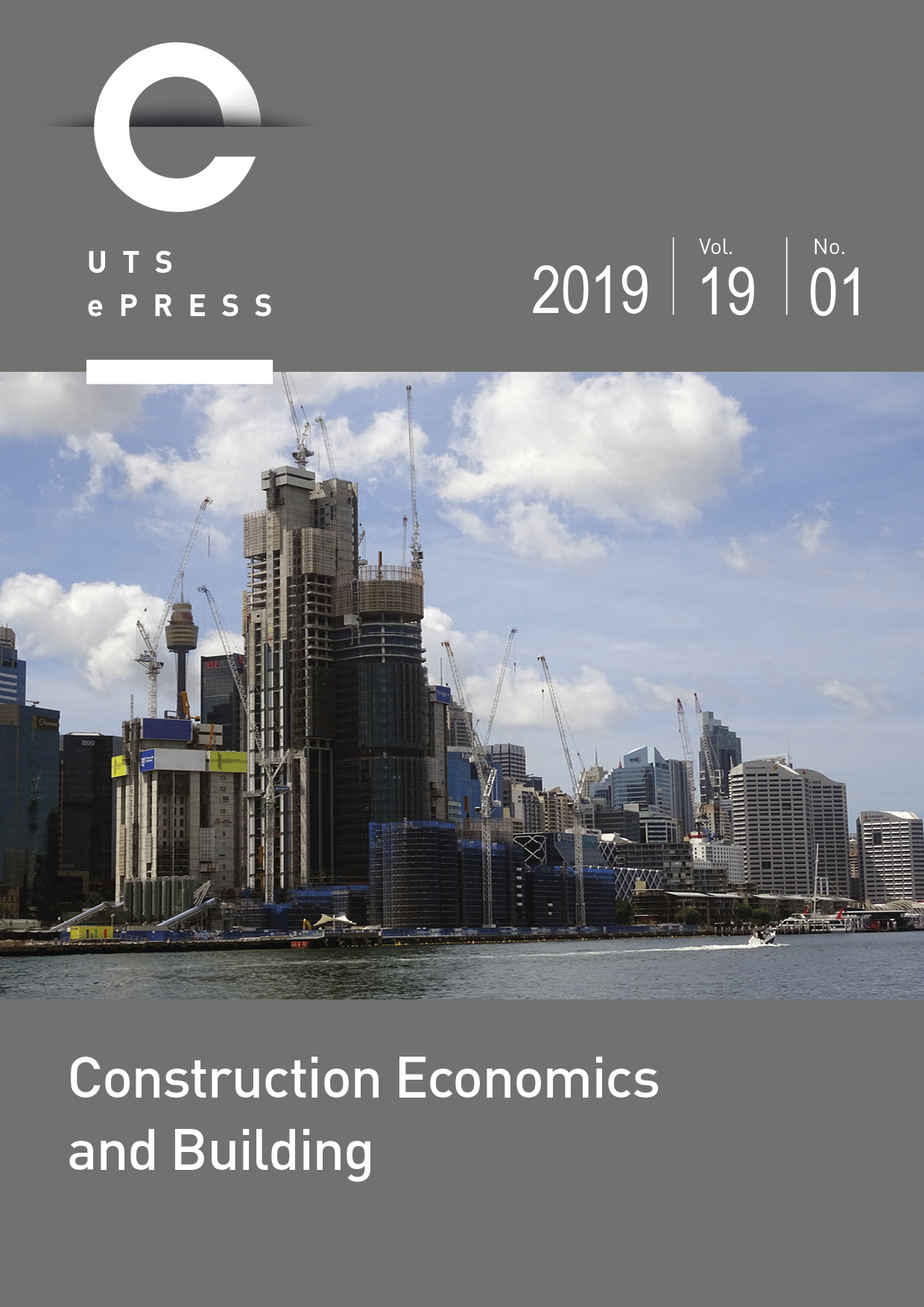The impact of tool selection on back and wrist injury risk in tying steel reinforcement bars: a single case experiment
Main Article Content
Abstract
The paper explores the risk of work-related musculoskeletal injury in tying steel reinforcement bars. Three tools are compared to determine the extent to which ergonomic tools can reduce the risk of injury to the back and wrist in steel-tying. A whole body system of wearable sensors was used to measure biomechanical risk in tying. Three tools were assessed to determine their impact on the risk of work-related musculoskeletal injury when used at different heights. These were: a conventional pincer-cutting tool; a power-driven tying tool, and a long handled stapler tool.
No tool was found to work best in all situations. The long handled stapler tool significantly reduced trunk inclination when used from ground to shoulder height, but produced higher trunk extension (backward bending) when used above shoulder height. The power tying tool did not reduce the need to bend when working at lower work heights. The power-tying tool produced significantly lower peak wrist flexion values compared to the conventional pincer-cutter tool at all work heights except overhead. The power tying tool involved significantly lower levels of wrist rotation than the conventional pincer-cutter tool at all work heights above knee level.
Many assessments of ergonomic risk factors in construction rely on observational methods. The use of small, lightweight wearable sensors permits the objective measurement of biomechanical risk factors for work-related musculoskeletal injury, as well as providing objective performance data that can be used in the design and selection of task-specific tools. Our analysis of work by height also provides insight into the way in which risk factors and reduction opportunities afforded by different tools vary depending on the height at which work is to be performed.
Article Details
Section
Authors who publish with this journal agree to the following terms:
a) Authors retain copyright and grant the journal right of first publication with the work simultaneously licensed under a Creative Commons Attribution License that allows others to share and adapt the work with an acknowledgement of the work's authorship and initial publication in this journal.
b) Authors are able to enter into separate, additional contractual arrangements for the non-exclusive distribution of the journal's published version of the work (e.g., post it to an institutional repository or publish it in a book), with an acknowledgement of its initial publication in this journal.
c) Authors are permitted and encouraged to post their work online (e.g., in institutional repositories or on their website) prior to and during the submission process, as it can lead to productive exchanges, as well as earlier and greater citation of published work (See The Open Access Citation Advantage Service). Where authors include such a work in an institutional repository or on their website (ie. a copy of a work which has been published in a UTS ePRESS journal, or a pre-print or post-print version of that work), we request that they include a statement that acknowledges the UTS ePRESS publication including the name of the journal, the volume number and a web-link to the journal item.
d) Authors should be aware that the Creative Commons Attribution (CC-BY) License permits readers to share (copy and redistribute the work in any medium or format) and adapt (remix, transform, and build upon the work) for any purpose, even commercially, provided they also give appropriate credit to the work, provide a link to the license, and indicate if changes were made. They may do these things in any reasonable manner, but not in any way that suggests you or your publisher endorses their use.
